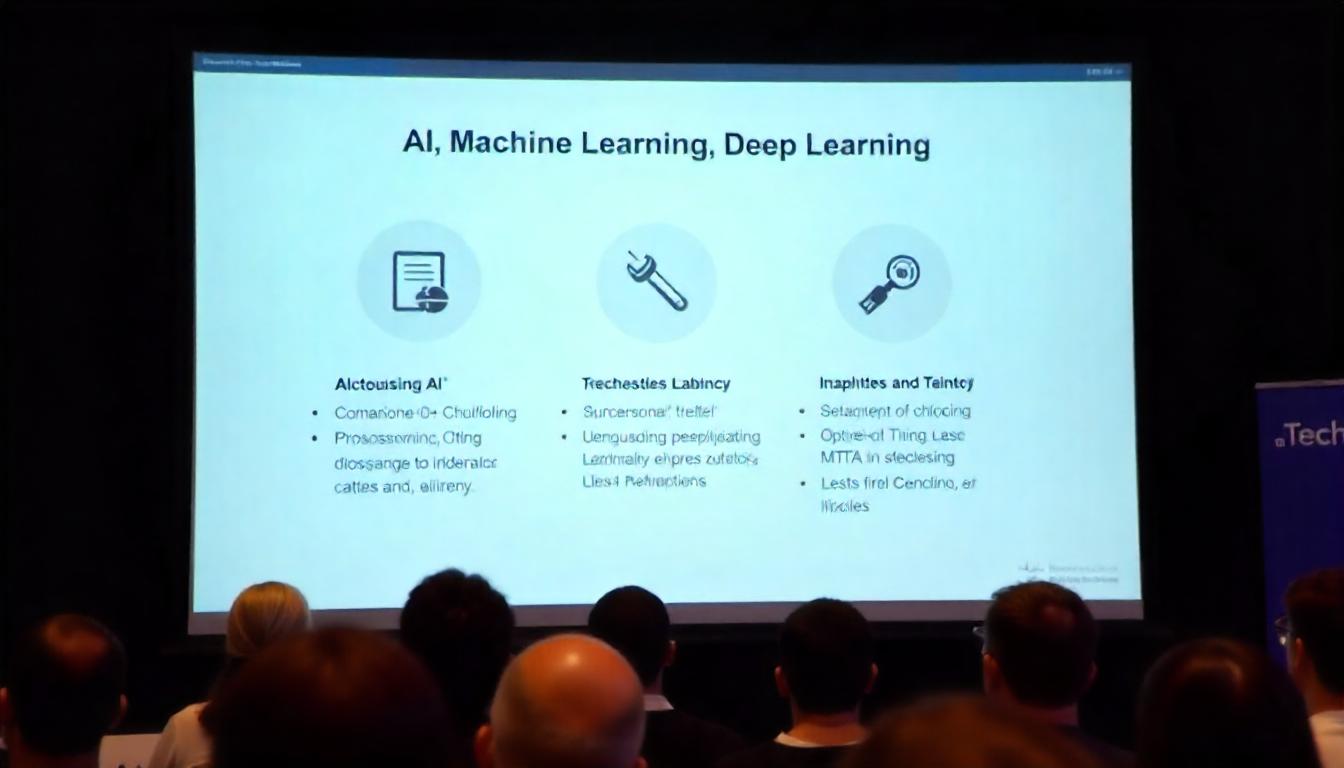Exploring the Key Differences Between AI, ML, and Deep Learning
Artificial Intelligence (AI) has become a hot topic in technology, making waves across different industries and changing how we interact with the world. Yet, people often mix up terms like AI, machine learning, and deep learning. While they’re related, they’re not identical. Let’s explore how these three powerful concepts connect and what makes each unique.
Defining Artificial Intelligence
Artificial Intelligence (AI) is the broad term that covers any technology designed to simulate human intelligence. AI systems can:
- Understand spoken or written language
- Recognize images or faces
- Solve problems or make decisions
- Adapt their actions based on experience
Not every AI system can learn on its own. Early AI relied on rule-based programming, where developers hard-coded specific instructions. Today, AI increasingly depends on technologies that can learn and improve, which is where machine learning comes into play.
What is Machine Learning?
Machine Learning (ML) is a branch of AI that’s focused on enabling machines to learn from data without having to be explicitly programmed for every situation. Instead of writing rules for every possible scenario, developers provide large sets of data, allowing the system to find patterns and make predictions.
Some everyday examples of machine learning include:
- Spam filters identifying unwanted emails
- Streaming platforms suggesting shows or music
- Financial institutions evaluating credit risk
The more data these systems analyze, the better they perform. For instance, a spam filter grows more accurate the more emails it processes.
Diving Deeper into Deep Learning
Deep Learning sits within machine learning as a specialized area. It uses artificial neural networks inspired by how the human brain works to analyze complex data relationships. These networks have many layers of processing—hence the name “deep.”
Deep learning powers some of today’s most impressive AI advancements, like:
- Voice assistants that respond to your spoken commands
- Facial recognition technology
- Self-driving vehicles safely navigating roads
- Instant language translation tools
Deep learning often requires enormous amounts of data and significant computational resources. Thanks to modern advances in computing and data storage, it has become much more feasible over the past decade.
How They All Fit Together
Here’s a straightforward way to understand their relationship:
AI is the broad field. Machine Learning is one method for achieving AI. Deep Learning is a specialized technique inside Machine Learning.
Think of it like this:
- AI represents the entire landscape of smart technologies.
- Machine Learning is a country in that landscape where systems learn from examples.
- Deep Learning is a high-tech city in that country, tackling complex problems with neural networks.
A Practical Illustration
Consider an app that automatically tags friends in your photos:
- The AI goal is identifying faces in pictures.
- Machine Learning involves teaching the app with thousands of labeled photos so it can recognize who’s who.
- Deep Learning goes further by analyzing facial features through neural networks for higher precision.
Why It Matters to Know the Difference
Understanding the distinctions between AI, machine learning, and deep learning is essential if you want to stay informed about technology’s future. Whether you’re reading tech articles, evaluating business tools, or simply curious, knowing what these terms mean helps you better grasp how the digital world is evolving.
The Takeaway
Though AI, machine learning, and deep learning often get lumped together, they each represent different layers of technology. From simple programmed logic to advanced neural networks, these technologies continue to shape the future of innovation—and we’re only scratching the surface.
Keep checking our blog for more insights into AI, new tech trends, and the exciting changes ahead!
Share this content:













